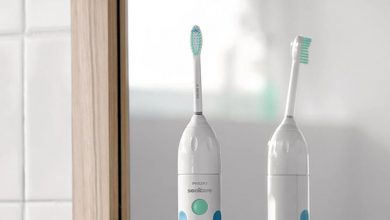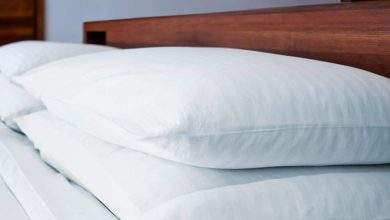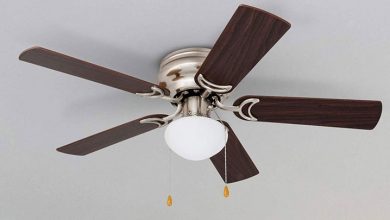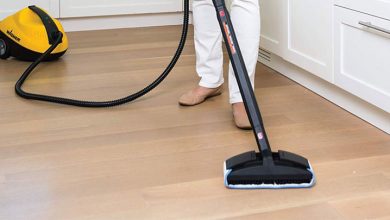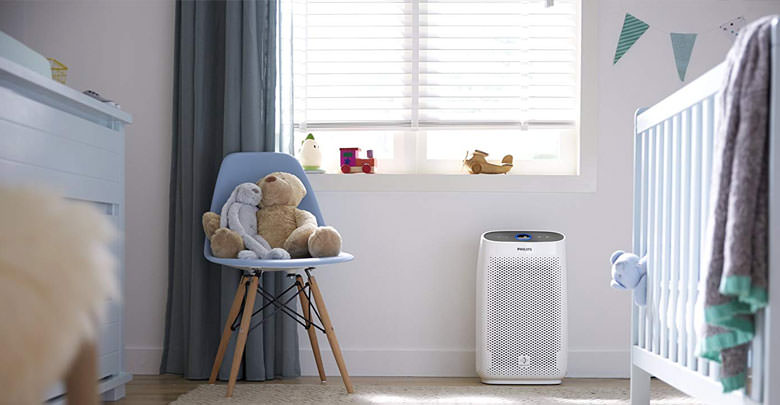
Those who think that the home environment is one of the healthiest and cleanest is wrong. Unfortunately, it is within the walls of the house that lurks germs, bacteria, and other harmful substances that can cause respiratory problems and lead to allergies and asthma. And a vacuum cleaner is certainly not enough.
To combat and eliminate these unwanted substances, it is now possible to rely on a newly developed appliance, the air purifier that, through a specially designed filtering system, acts on germs, viruses, pollens, and mites, purifying the air and making it healthier and more breathable.
On the market, there are many models of purifiers, and the choice is not easy: in this article, we deal with the purifiers of Philips, their characteristics, and in what are different from those of Dyson, the other brand that currently is king.
Air Purifier: What it is and how it works?
The Air purifier is a medium-sized appliance that looks like a small portable air conditioner. It is light and not bulky and is made to move from one room to another and be placed on a shelf or table, or, in the case of larger ones, on the floor.
Let’s move on to the operation. The purifier performs its function to make the air healthier through a triple filtering system: the dust filter blocks larger particles such as germs, bacteria, fungi, and molds. The HEPA filter acts on the smallest particles like dust mites and pollen, finally, the active carbon filter works on the fumes and unpleasant odors that often form at home. Once all these particles and substances have been blocked, the negative ionizer thinks of eliminating them permanently from the air.
Some Philips air purifiers, including, are equipped with intelligent sensors: real-time feedback on air quality is released via a display. If the air does not fall within ideal standards, the purifier will operate in automatic mode to restore and return the air to an acceptable and quality level.
In addition to checking the quality of the filters and the presence of intelligent sensors, it is good to inquire about the amount of air that the purifier is able to clean within one hour: it is called CADR this unit of measurement in cubic meters per hour.
The more air is purified, the more the environment will remain healthy over time. In addition, there are purifiers designed for small and medium-sized environments and others that also act on surfaces of almost 100 square meters: it is another data to be evaluated to choose the right purifier.
Not to forget, then, to check what the level of consumption, if it is equipped with a night function to reduce noise and what are, if there are extra components that can make its use more pleasant.
Features of Philips air purifiers
We go directly to the heart of the product’s operation: the strength of Philips is the VitaShield IPS technology that purifies the air of the environment without releasing other harmful substances such as ions and ozone that are due to the operation of the product, and that can be harmful to the organism. The triple filtering system also provides for the use of the HEPA filter that acts on substances that contain allergens.
Intelligent sensors ensure that the air is constantly monitored: just enter the automatic mode to ensure that the purifier itself starts up when the air-quality drops below the optimal level. The air quality level is shown through feedback released in real-time. In essence, blue indicates an optimal level, while red indicates that the air is below the guard level and, consequently, the purifier starts working.
Philips air purifiers have some additional modes: automatic mode, allergen mode, and 5 filtering speeds. Furthermore, it is possible to set the silent mode if you want to use the purifier during the night hours.
The amount of air that is purified every hour varies according to the model: Philips has 4 products that adapt to different surfaces, from those designed for small and medium-sized environments (43 sqm) to those perfect for larger rooms ( 95 square meters).
What they are different from the Dyson
The first difference that immediately jumps to the eye is the design: if Dyson designs products that are also objects of furniture, Philips puts on the market purifiers that closely resemble small air conditioners with less attention to design.
From the point of view of the operation, Philips uses the VitaShield IPS filtering technology that ensures a clean and healthy environment, while Dyson makes of its strength, the Air Multiplier technology that diffuses the air purified in a homogeneous way in the whole domestic environment.
Both Dyson and Philips produce purifiers with intelligent sensors, but while Dyson monitors the PM 2.5, PM 10, VOC, and NO2 particle levels, Philips technology only affects PM 2.5 particles. Obviously, in both cases, when the air quality drops in level, in addition to releasing feedback in real-time, the purifier is activated automatically to restore the optimal level.
Let’s go back to the differences: Philips produces 4 different models of air purifier, each designed according to the surface to be purified, which varies from 43 square meters to 95 square meters. So if Philips pays particular attention to adapting the right purifier to the right environment, Dyson skips this data slightly, differentiating its purifiers between floor-standing fans, floor-standing, or table-top fan-coolers / purifiers. Dyson has chosen to combine several functions in a single product, while Philips produces fans, and purifiers and on the market, we find only one model that combines the function of air purifier with that of the humidifier.
As for the features, Philips, unlike Dyson, is equipped with allergen mode, specific to remove from the air all substances that can cause allergies. Finally, Dyson has equipped its own remote control purifiers, while Philips has not given weight to this foresight.
If you want to read more about the Dyson, we have written a discussion on the Dyson air purifiers.
The recommended Philips models
Philips Air Purifier 2000i Wi-Fi Connected App-Enabled True HEPA Smart Air Purifier
This Philips purifier is very similar to a small air conditioner: it is 11.6 x 16.2 x 24.1 inches. Captures 99.97% of particles that pass through the filter – Designed with a multi-stage active filtration system, which captures up to 99.97% of particles that pass through the filter as small as 0.3 microns – the size of most common airborne allergens, particles, bacteria, and viruses.
3 auto modes: General, Allergen, and Bacteria & Virus – The Philips Air Purifier Series 2000i has 3 automatic purification settings: a General mode, an extra-sensitive Allergen mode, and an extra-powerful bacteria and virus mode. You can choose your preferred mode to personalize and optimize your purification.
Philips Air Purifier 1000
True Hepa Air Purifier reduces allergens, pollen, pet dander, house dust mites, gases, and odors and captures up to 99.97% of particles as small as 0.3 microns from the air that passes through the filter.
3 automatic purification settings: a General mode, an extra-sensitive Allergen mode, and a NightSense mode that automatically turns down the lights and fan speed when the room is dark.
Philips Air Purifier Model AC5659/40 5000i Connected and App Enabled
Captures up to 99.97% of particles as small as 0.3 microns (the size of most common allergens, bacteria, and viruses) from the air that passes through the filters.
Shows real-time indoor air quality via color ring and numerical indices for indoor allergens and gases on the dashboard of the air purifier.
Product prices and availability are subject to change. Any price and availablility information displayed on Amazon at the time of purchase will apply to the purchase of any products.
